Introduction: What’s the Big Deal with IPTV vs Cable?
The way we watch television has changed dramatically. Gone are the days when your only option was the bulky cable box tethered to the wall. Now, there’s a major contender shaking things up: IPTV. But what exactly is the difference when comparing IPTV vs Cable, and why should you even care? Is one genuinely better than the other, or does it just depend on what you’re looking for? These are valid questions as viewers seek more control, better prices, and wider content options.
Let’s break it down simply. Cable TV is the traditional method many of us grew up with. It delivers television signals directly to your home through physical coaxial cables maintained by a cable company. Think Comcast/Xfinity, Spectrum, Cox – those big names. You typically rent a set-top box from them, choose a channel package, and you’re good to go. It’s familiar, often reliable once set up, but frequently comes with hefty price tags and long-term contracts.
IPTV, on the other hand, stands for Internet Protocol Television. Instead of dedicated cables, IPTV uses your existing internet connection to stream television content. It sends TV programs and movies as data packets over the internet, much like how you stream videos on Netflix or YouTube. This opens up a world of possibilities, often offering significantly more channels, including international options, and greater flexibility in how and where you watch. Services like IPTV4Cheap provide access to thousands of channels for a fraction of the typical cable cost. The core difference lies in the delivery method: internet versus dedicated cable lines. Understanding this fundamental distinction is the first step in figuring out which service aligns better with your viewing habits, budget, and technical setup. We’ll delve deeper into the specifics, exploring everything from cost and channel variety to picture quality and ease of use, helping you navigate the evolving landscape of home entertainment.
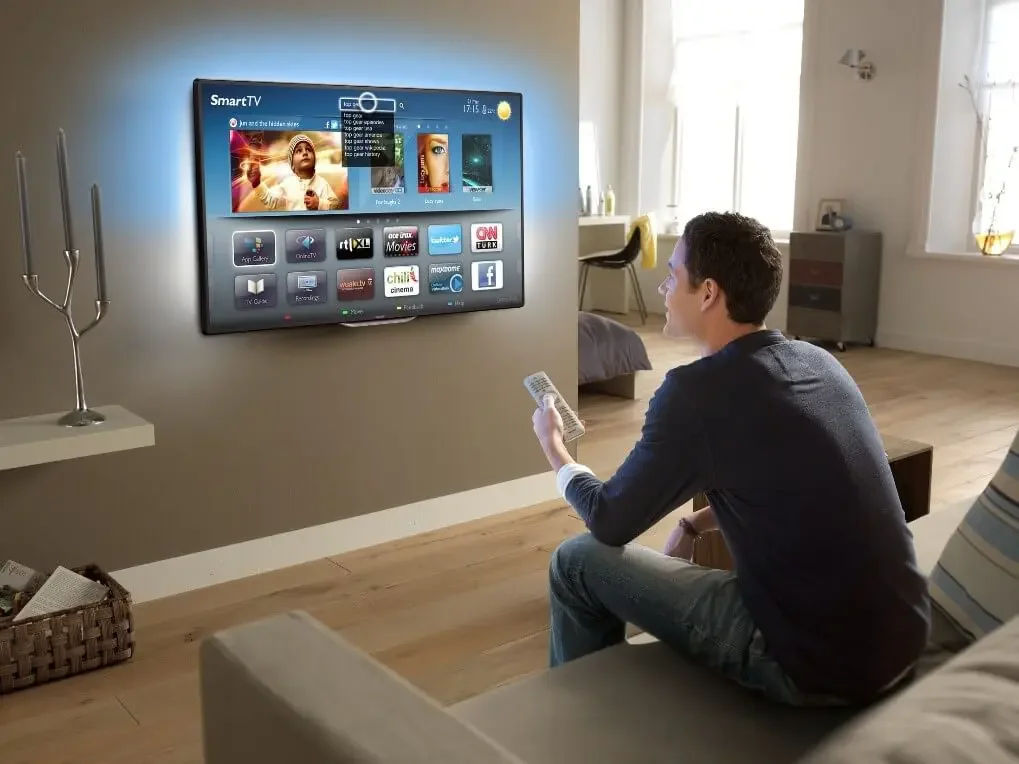
So, why the comparison? Because choosing between them impacts your monthly bills, the shows you can watch, and the devices you can use. Key factors to consider include cost – a major driver for many switching from cable – channel availability, picture quality, reliability, and overall flexibility. Are you tired of paying for hundreds of cable channels you never watch? Do you want access to specific international sports leagues? Do you prefer watching on a tablet or phone sometimes, not just your main TV? Answering these questions will guide you toward the better fit. Cable offers a certain simplicity and established infrastructure, while IPTV champions choice, affordability, and modern features, often delivered through apps like IPTV Smarters Pro. This guide aims to arm you with the information needed to make an informed decision in the IPTV vs Cable debate.
How Does IPTV Actually Work Compared to Cable?
Understanding the underlying technology helps clarify the strengths and weaknesses of both IPTV and traditional cable. How does the signal actually get to your screen? With cable TV, it’s relatively straightforward, albeit using older technology. Cable companies send broadcast signals through a network of coaxial cables buried underground or strung along utility poles. These signals travel directly to a cable box connected to your TV, which then decodes them for viewing. It’s a closed network, meaning the infrastructure is owned and managed entirely by the cable provider. This system has been refined over decades, leading to generally stable performance, assuming the physical lines are well-maintained and undamaged.
IPTV operates fundamentally differently. It leverages the internet’s infrastructure. Instead of broadcasting signals continuously, IPTV sends content using Internet Protocol (IP), breaking down shows and movies into small data packets. When you select a channel or movie, these packets are streamed over your internet connection to your viewing device – be it a smart TV, a streaming device like an Amazon Firestick, a computer, or a smartphone. An IPTV app, such as IPTV Smarters or a provider-specific application like MegaOTT, receives these packets, reassembles them, and displays the video. This packet-based delivery allows for more efficient use of bandwidth and enables features like video-on-demand (VOD) and catch-up TV more easily than traditional cable.
But is one technology inherently more reliable? What factors influence the viewing experience? Cable TV’s reliability is primarily tied to the physical condition of the cable network in your area. Severe weather could potentially damage lines, causing outages, although modern infrastructure is quite robust. Its performance isn’t typically affected by your own internet usage. IPTV’s reliability, however, is directly linked to the quality and stability of your internet connection. A slow or unstable internet connection will inevitably lead to buffering, pixelation, or connection drops. Think of it like streaming Netflix – if your Wi-Fi is weak in a certain room, your show might pause or lose quality. The same applies to IPTV. Furthermore, the reliability also depends on the IPTV provider’s server capacity and management. If too many users are accessing the same stream or the provider’s servers are overloaded or poorly maintained, you might experience issues even with a fast internet connection. Reputable providers invest in robust server infrastructure to minimize these problems. You can learn more about setting up your connection for optimal performance with a setup guide IPTV.
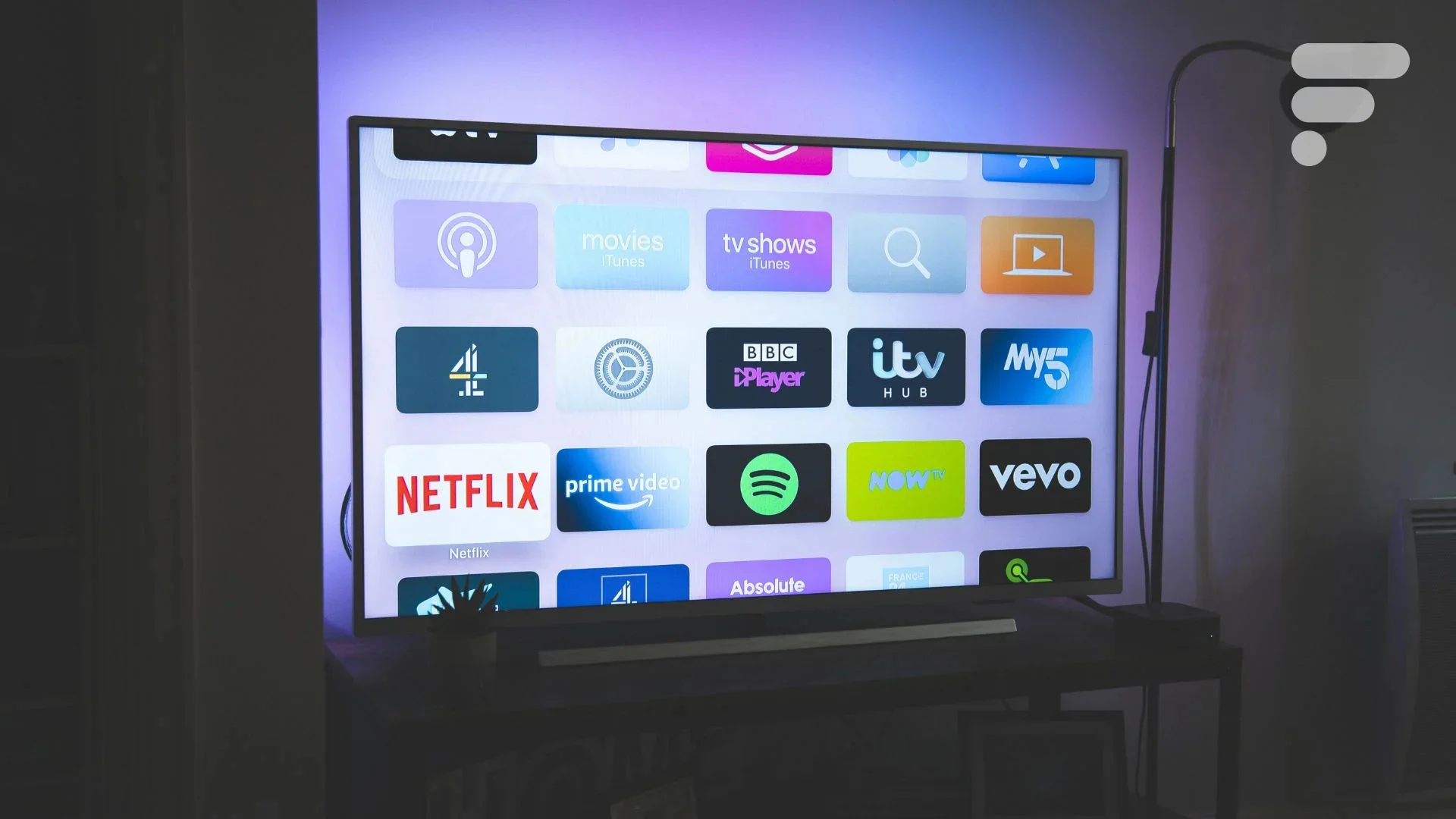
The infrastructure requirements also differ significantly. Cable requires physical cable lines running to your home. If you live in an area without existing cable infrastructure, getting service can be difficult or impossible. IPTV’s only absolute requirement is a decent broadband internet connection (usually recommending speeds of 15-25 Mbps per stream for HD, more for 4K). This makes IPTV accessible in many areas where cable might not reach, provided there’s internet service. The trade-off is that dependency on the internet means network congestion, ISP throttling, or internet outages will directly impact your ability to watch TV. Cable, being a dedicated line, doesn’t compete with your other internet activities for bandwidth.
Channel Selection and Content: Who Offers More Variety?
When it comes to what you can actually watch, how do IPTV and cable stack up? Does one give you more bang for your buck in terms of channel variety and content access? Traditionally, cable TV operates on a tiered package system. You start with a basic package containing local channels and some common cable networks, then add progressively larger (and more expensive) tiers that include more specialized channels, sports networks, and premium movie channels like HBO or Showtime. While cable packages can offer hundreds of channels, you often end up paying for many you have no interest in just to get the few you do want. Customization is usually limited to adding specific premium packs.
IPTV often presents a stark contrast in terms of sheer volume and diversity. Many IPTV services boast channel counts in the thousands, sometimes even tens of thousands. This frequently includes not only standard US, UK, or Canadian channels but also a vast array of international channels from Europe, Asia, Latin America, and beyond. This makes IPTV particularly attractive for expatriates, language learners, or viewers interested in global news and entertainment. Can you get your local channels on IPTV? Often, yes. Many providers include major local network affiliates (ABC, CBS, NBC, FOX) for various regions, but coverage can be inconsistent depending on the provider and your location. It’s crucial to check a provider’s specific IPTV channel subscription list if local channels are a must-have. What about premium channels and sports? Again, many IPTV packages bundle these in, offering access to movie channels, extensive sports packages (NFL, NBA, MLB, NHL, international soccer, etc.), and Pay-Per-View (PPV) events, often included in the base IPTV price rather than as expensive add-ons like with cable.

Beyond live channels, IPTV typically excels in Video On Demand (VOD) content. Many services include extensive libraries of movies and TV series, rivaling or even exceeding popular streaming platforms. This VOD content is usually updated regularly and included in the subscription cost. Cable companies have their own On Demand offerings, but the selection can sometimes feel limited or heavily focused on pay-per-view rentals unless you subscribe to their premium tiers. IPTV often provides a more integrated and expansive VOD experience. Furthermore, features like catch-up TV, where you can watch programs aired hours or even days ago on many channels, are common with IPTV but less standardized or available on cable.
So, who offers more variety? Generally, IPTV takes the lead in raw channel numbers and international diversity. While cable provides a curated and potentially more reliable feed of mainstream domestic channels, IPTV often delivers a much broader spectrum of content, including niche interests and extensive VOD libraries. If your priority is accessing the widest possible range of global content, sports, and movies, IPTV services like Channels4Cheap affordable IPTV solutions are hard to beat. However, if guaranteed access to specific local channels or the absolute stability of a dedicated line for mainstream content is paramount, cable might still hold appeal, despite its typically higher cost and lower flexibility. Checking specific IPTV plans and channel lists before subscribing is always recommended.
The Cost Factor: Is IPTV Really Cheaper Than Cable?
Perhaps the most significant driver pushing consumers to explore alternatives to traditional cable is the ever-increasing cost. Cable bills often seem to creep up year after year, loaded with fees that aren’t always clear upfront. So, the big question is: can switching to IPTV genuinely save you money? In most cases, the answer is a resounding yes, but let’s break down the typical costs associated with each service.
Cable television pricing is notoriously complex. You start with a base package price, which might seem reasonable initially, especially with promotional offers. However, the final bill is often much higher. Why? Hidden costs and fees abound. You’ll likely pay monthly rental fees for each cable box ($10-$20 per box is common). Want HD channels? That might be an extra “HD Technology Fee.” Interested in sports? Prepare for the “Regional Sports Fee,” even if you don’t watch those specific channels. Then there are broadcast TV fees, franchise fees, and various taxes that inflate the total. Furthermore, cable companies almost always require long-term contracts (typically 1 or 2 years) with hefty early termination fees if you decide to cancel. Bundling internet and phone service can sometimes offer discounts, but the overall TV portion remains expensive, often exceeding $100-$150 per month for a decent channel lineup.
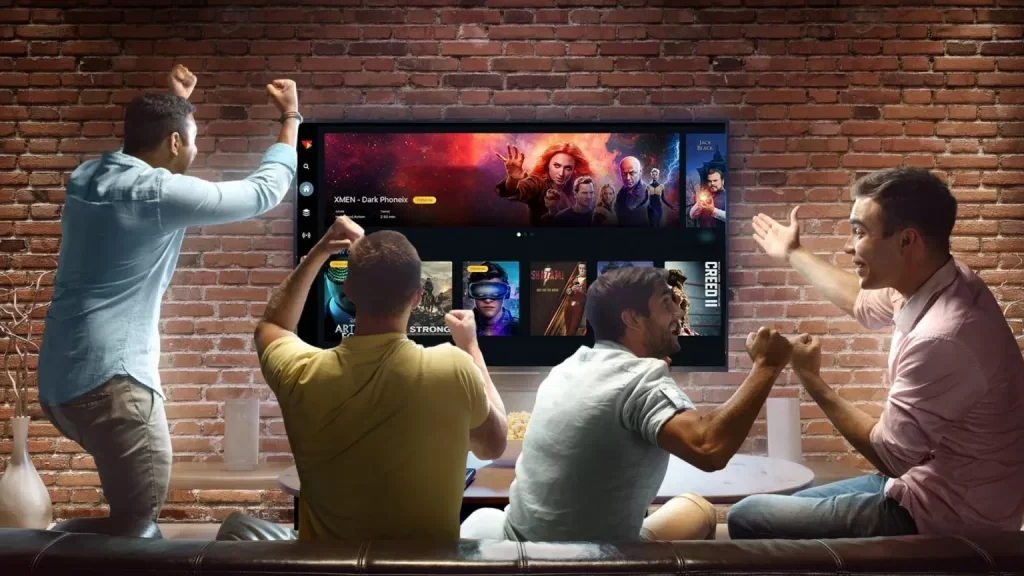
IPTV pricing structures tend to be much simpler and more transparent. Most providers offer subscription-based access, often with flexible payment options – monthly, quarterly, semi-annually, or annually. A typical IPTV price might range from $10 to $25 per month, depending on the provider, channel package, and number of connections allowed. IPTV yearly subscription plans often provide significant savings compared to monthly rates. One of the biggest cost advantages is the lack of equipment rental fees. IPTV services are designed to work on devices you likely already own, such as smart TVs, Amazon Firesticks, Android boxes, smartphones, or computers, using apps like IPTV Smarters Pro. Are there hidden costs with IPTV? Generally, no. The subscription fee usually covers everything – channels, VOD, features. Some users opt for a VPN (Virtual Private Network) for added privacy or to bypass potential ISP blocking, which adds a small monthly cost, but it’s not always necessary. Crucially, most cheap IPTV providers do not require contracts, allowing you to cancel anytime without penalty. You can even try a one month IPTV subscription to test the waters.
When you compare the total monthly outlay, the difference is often stark. Even a premium high-quality IPTV subscription offering thousands of channels and multiple connections rarely approaches the cost of a mid-tier cable package burdened with fees and rentals. Exploring affordable IPTV services can lead to substantial savings, potentially cutting your TV bill by 50-80%. While cable might offer promotional rates for the first year, the standard rates inevitably kick in, making IPTV the more consistently cheaper IPTV option in the long run. Considering the IPTV subscription cost typically includes a vast channel selection and VOD library, the value proposition heavily favors IPTV for budget-conscious viewers.
Picture Quality and Reliability: Which Delivers a Better Viewing Experience?
Cost and channel count are important, but what about the actual viewing experience? How do IPTV and cable compare when it comes to picture quality and the reliability of the stream? Will you be constantly frustrated by buffering with IPTV, or is cable’s quality always superior? The reality is a bit more nuanced for both technologies.
Cable TV generally has a reputation for providing consistent picture quality. Because the signal travels through a dedicated coaxial cable network, it’s less susceptible to external factors like internet congestion. Most cable providers offer channels in High Definition (HD) as standard, and many are increasingly offering 4K content, particularly for On Demand movies or specific live events. The quality delivered is usually stable and matches the resolution advertised, assuming your TV and cable box support it. However, cable isn’t immune to issues. Signal degradation can occur due to old or damaged cabling in your neighborhood or home, leading to pixelation or temporary outages. Severe weather can also occasionally cause disruptions, although this is less common with underground cables.
IPTV picture quality can be more variable. Providers often offer streams in different resolutions, including Standard Definition (SD), High Definition (HD – 720p or 1080p), and even Ultra High Definition (4K). The quality you actually receive depends on several factors. Firstly, the source stream itself – not all channels provided by an IPTV service might be available in HD or 4K. Secondly, and most critically, your internet speed and stability play a huge role. Streaming HD content typically requires a stable connection of around 15-25 Mbps, while 4K demands significantly more, often 25-50 Mbps or higher, per stream. If your internet connection is slow, unstable, or shared among many devices, you’re likely to experience buffering (the dreaded spinning wheel), lower resolution (pixelation), or connection drops. Thirdly, the quality of the IPTV provider’s servers matters. Best cheap IPTV services invest in powerful servers to handle user load and deliver smooth streams, while less reputable ones might suffer from overload during peak viewing times.
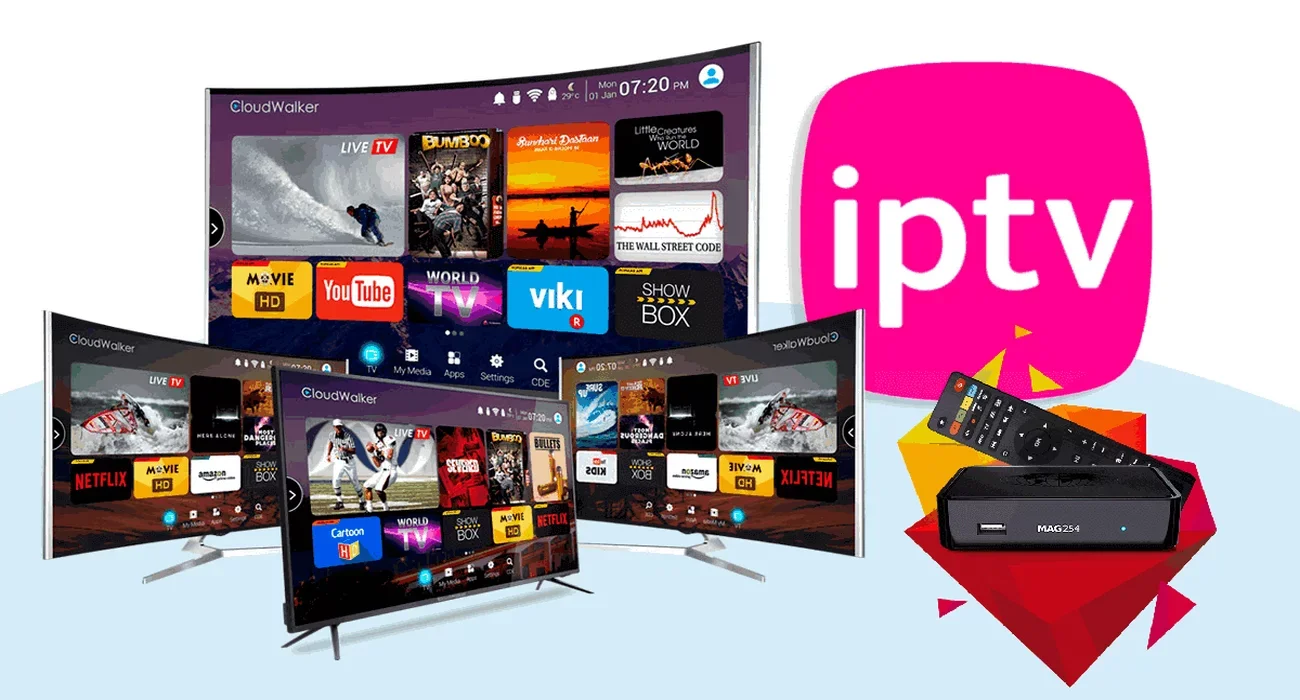
So, will IPTV buffer all the time? Not necessarily. With a sufficiently fast and stable internet connection (fiber optic is ideal) and a subscription to a high-quality IPTV subscription provider, buffering can be minimal or non-existent. Many users enjoy a seamless HD or even 4K experience. However, users with slower DSL or congested cable internet connections might face more challenges. Is cable quality always perfect? No, as mentioned, cable can experience its own set of issues like signal interference or physical line problems. Reliability-wise, cable’s dedicated infrastructure often gives it an edge in consistency, as it’s independent of your general internet traffic. IPTV’s reliance on the internet makes it inherently more susceptible to fluctuations in network performance. Yet, for many, the potential for higher quality streams (more 4K options than standard cable packages) and the vast content library available via IPTV outweigh the potential reliability concerns, especially if they have a robust internet plan. An IPTV guide can often provide tips for optimizing stream quality.
Flexibility and Features: Beyond Just Watching Live TV
Modern entertainment isn’t just about passively watching live channels anymore. Viewers want flexibility in *how*, *where*, and *when* they watch, along with features that enhance the experience. How do IPTV and cable compare in this arena?
Device compatibility is a major point of difference. Cable TV traditionally ties you to the television set connected to the cable box. While some cable companies offer apps for streaming on mobile devices or computers, these often have limitations – they might only work on your home Wi-Fi network, offer a restricted channel lineup compared to your main TV package, or lack certain features. Renting additional cable boxes for multiple TVs adds significantly to the monthly cost.
IPTV, by its nature, is far more flexible. Because it uses the internet, you can watch it on a wide range of devices. Got a Smart TV (Samsung, LG, Sony)? There’s likely an IPTV app for it. Prefer using a streaming stick? IPTV thrives on devices like the Amazon Firestick, Google Chromecast, or Android TV boxes. You can easily install player apps like IPTV Smarters Pro, MegaOTT, or others, enter your subscription details (IPTV Smarters URL and credentials), and start watching. Want to watch on your laptop, tablet, or smartphone? No problem – apps are available for most operating systems. Can I watch IPTV on multiple TVs or devices simultaneously? Absolutely. Many IPTV providers offer plans with multi-connection IPTV options, allowing you to stream on 2, 3, 4, or even 5 connections at the same time under a single subscription, often for a small additional fee compared to the cost of multiple cable boxes. This IPTV with multiple connections capability is a huge plus for families or households with diverse viewing needs.
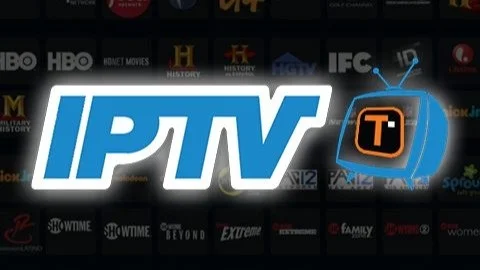
What about features beyond just live playback? Cable’s standout feature has traditionally been the Digital Video Recorder (DVR), allowing you to record shows and watch them later. Most cable companies offer DVR functionality, though often at an extra monthly cost and with storage limitations. IPTV services often replicate and even surpass this with different approaches. While some IPTV setups support external recording, many providers offer “Catch-Up TV” (or Replay TV). This feature automatically records broadcasts on many popular channels for a set period (e.g., 3-14 days), allowing you to go back in the Electronic Program Guide (EPG) and watch programs you missed without needing to pre-record anything. This offers immense convenience. Furthermore, the extensive Video On Demand (VOD) libraries included with most IPTV subscriptions provide instant access to thousands of movies and series. Comprehensive EPGs are standard, making navigation easy. Features like multi-screen (watching multiple channels simultaneously on one screen) are also sometimes available. The setup process, while requiring app installation, is generally straightforward with resources like an easy IPTV setup with Smarters Firestick guide or a general setup guide often provided by the service.
Overall, IPTV generally offers significantly more flexibility and a richer feature set compared to traditional cable. The ability to watch on virtually any internet-connected device, multi-connection plans, extensive VOD, and catch-up TV capabilities provide a more modern and adaptable viewing experience tailored to today’s media consumption habits.
Installation and Setup: Getting Started with IPTV vs Cable
Getting your TV service up and running is the first hurdle. How does the installation and setup process differ between traditional cable and modern IPTV? Is one significantly easier or faster than the other?
Setting up cable TV typically involves scheduling an appointment with a technician from the cable company. This often means waiting days or even weeks for an available slot. On the day of installation, the technician needs access to your home to run coaxial cables, potentially drilling holes in walls or floors to route them to the desired TV locations. They’ll install the cable outlets if needed, connect the set-top box(es), activate the service, and ensure everything is working. While the technician handles the technical aspects, the process can be time-consuming (often requiring you to take time off work), potentially invasive (drilling), and relies entirely on the provider’s schedule. If you move, you have to go through a similar process again, potentially involving installation fees.
IPTV setup, in contrast, is usually much quicker and entirely user-driven, leveraging your existing internet connection. There’s typically no need for a technician visit or physical cable installation. The process generally involves these steps:
- Choose and Buy IPTV Subscription: Select an IPTV service provider and purchase a plan (e.g., 1 year IPTV subscription).
- Receive Credentials: The provider will email you login details, which usually include a username, password, and a server URL (often called M3U URL or Xtream Codes API).
- Install an IPTV App: Download and install a compatible IPTV player app onto your chosen device (Smart TV, Firestick, Android Box, phone, etc.). Popular choices include IPTV Smarters Pro, TiviMate, Perfect Player, or provider-specific apps like MegaOTT APK for Firestick. Guides like ‘Install IPTV Smarters Pro on Firestick Step-by-Step Guide‘ are widely available. You might use the Downloader app on Firestick with a specific downloader code IPTV Smarters or find the IPTV Smarters Pro APK download URL.
- Enter Credentials: Open the app and enter the login details provided by your IPTV service.
- Start Watching: The app will load the channel list and VOD library, and you can begin streaming.
The entire process can often be completed in under 30 minutes, assuming you have a compatible device and a working internet connection. Is IPTV setup difficult for non-techy people? While it involves installing an app and entering login details, most popular apps have user-friendly interfaces. Many providers also offer detailed setup guides or customer service support to help users get started. Resources like ‘how to use IPTV Smarters on Firestick‘ can be very helpful.
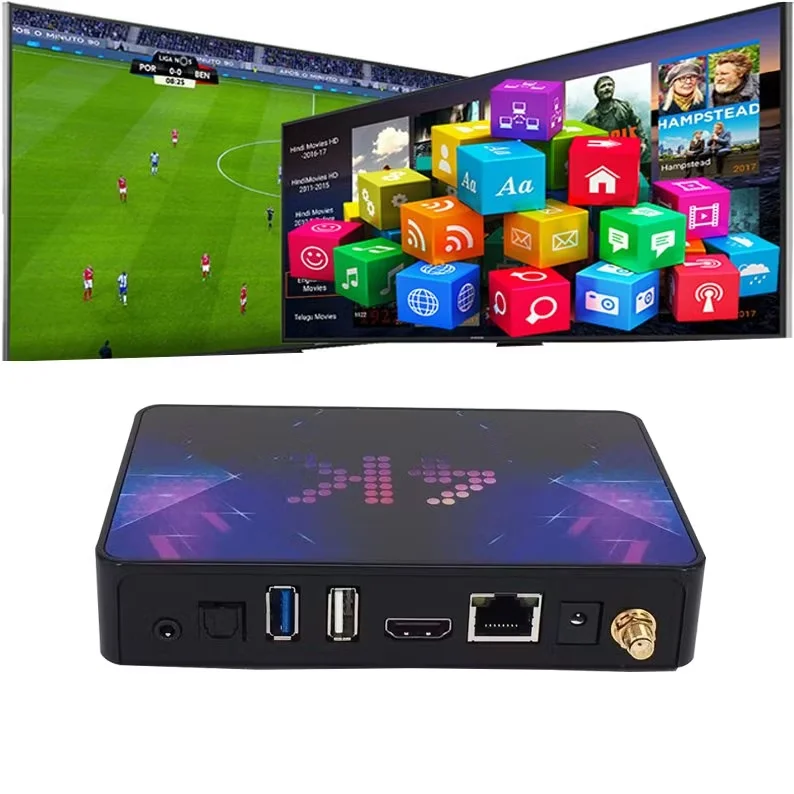
Comparing the two, IPTV setup is generally faster, less intrusive, and more convenient than traditional cable installation. It doesn’t require scheduling appointments or physical modifications to your home. The main prerequisite is a stable internet connection and a compatible device. While it requires a bit more user involvement in terms of app installation, the flexibility and speed are significant advantages for many users looking to buy IP TV service. The ease of getting started, often detailed in guides like ‘install IPTV on Firestick‘, makes it an attractive option compared to the logistical hurdles of cable installation.
The Verdict: Which is Right for You in the IPTV vs Cable Debate?
After comparing IPTV and traditional cable across various aspects – technology, channel selection, cost, quality, flexibility, and setup – which one comes out on top? Is there a clear winner in the IPTV vs Cable showdown? The truth is, the “best” option isn’t universal; it hinges entirely on your individual priorities, circumstances, and preferences.
Let’s quickly recap the main advantages and disadvantages:
IPTV (Internet Protocol Television):
- Pros: Significantly lower cost (cheap IPTV subscriptions are common), vast channel selection (including international and premium options), extensive VOD libraries, device flexibility (works on Smart TVs, Firesticks, phones, etc.), features like catch-up TV and multi-connection IPTV, no contracts usually, quick and easy setup.
- Cons: Heavily dependent on internet speed and stability (potential for buffering), picture quality can vary, reliability depends on the provider’s servers, legality can be a concern with some unverified providers (stick to reputable ones!), may lack certain specific local channels in some areas.
Cable TV:
- Pros: Generally stable and reliable connection (less dependent on internet fluctuations), consistent picture quality (HD/4K widely available), established infrastructure, often bundled with internet/phone, potentially simpler interface for less tech-savvy users, guaranteed access to local channels.
- Cons: Significantly higher cost (base price plus numerous fees and equipment rentals), long-term contracts with termination penalties are common, less channel variety (especially international), limited device flexibility (mostly tied to TV/cable box), installation can be slow and intrusive.
So, who wins? If your primary concern is cost, IPTV is almost always the more affordable IPTV choice, offering substantial savings compared to cable. Look for IPTV deals or IPTV discounts for even better value. If you crave a massive variety of channels, especially international content, sports packages, and a large VOD library, IPTV generally offers far more options. Check out providers like Channels for Cheap. If flexibility is key – watching on multiple devices, using your own hardware like a Firestick, and avoiding contracts – IPTV is the clear winner.
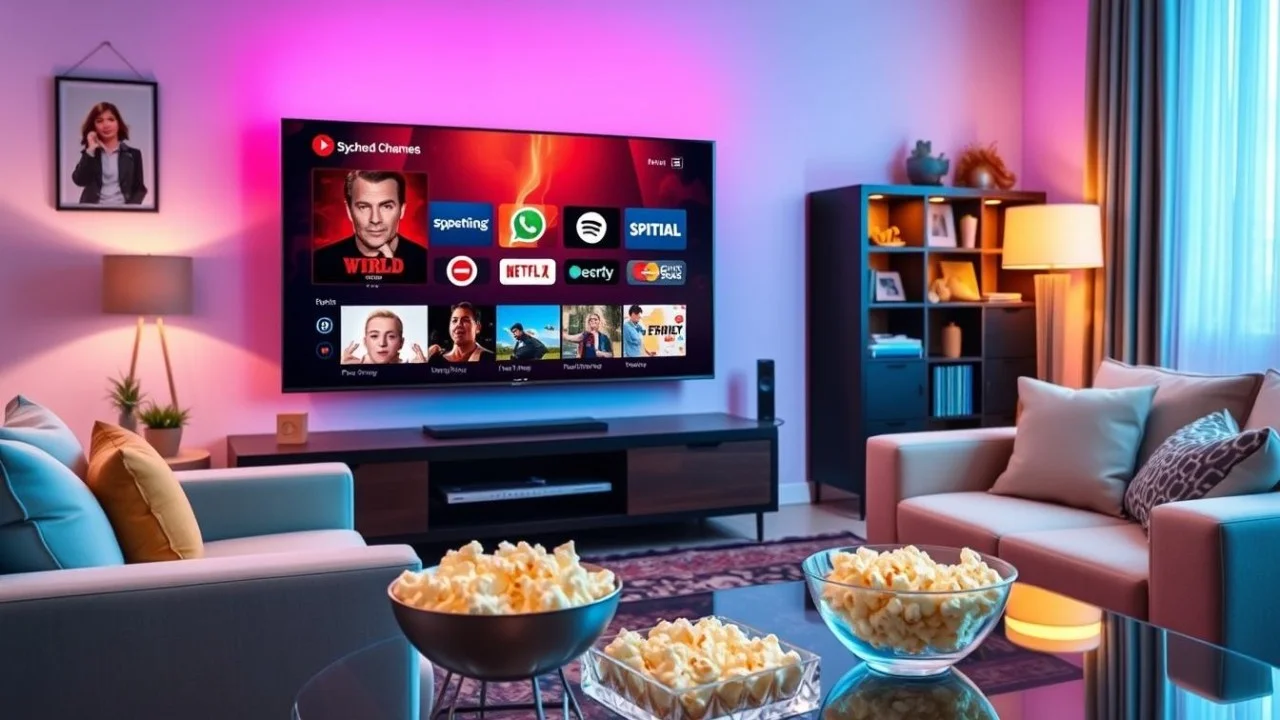
However, if your internet connection is slow or unreliable, the potential for buffering might make IPTV frustrating, and the consistent performance of cable could be more appealing. If you absolutely must have guaranteed access to every single local channel without potential fuss, cable might provide more peace of mind. If you prefer the simplicity of a single provider for bundled services and don’t mind the higher cost or contracts, cable remains a viable, albeit expensive, option. For those prioritizing stability above all else, cable’s dedicated line might seem safer, although IPTV reliability is excellent with good internet and a quality provider like IPTV4Cheap.
Ultimately, the recommendation is to assess your needs. What’s most important to you? Savings? Channel choice? Watching on the go? Guaranteed stability? If cost savings, flexibility, and content variety top your list, it’s definitely worth exploring affordable IPTV subscriptions. Do your research, consider trying a 1 month IPTV trial if available, check provider reviews, and ensure you have adequate internet speed. For many modern viewers, the benefits of IPTV significantly outweigh those of traditional cable, marking a clear shift in how we access television entertainment. Consider exploring IPTV plans to see if there’s a fit for you.